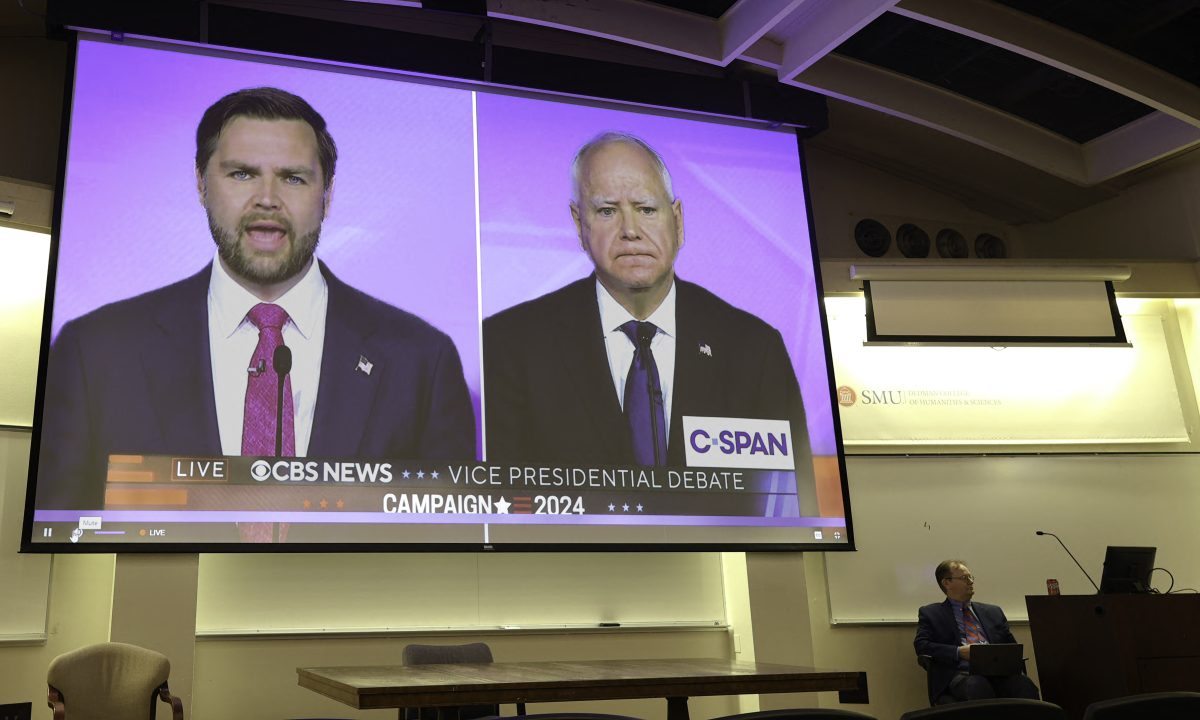With all the buzz about the stimulus bill and the worry about where are tax dollars are going and why, it is only natural that the smartphones should find a way to cash in on the frenzy. And with the help of “augmented reality,” they are finding a way.
Augmented reality merges the real world with the digital world. Things like sports games with scores and highlights displayed on the screen, or newscasts with news tickers running along the bottom of the screen are both examples of augmented reality, but in this case, your phone allows you to augment your own reality.
iPhone’s “The Layer Application,” created by Sunlight Labs, allows you to aim your phone at any building to find out just how much stimulus money was spent on the organization inside. This application instantly accesses recovery.org, and superimposes a series of blue dots telling you the dollar amount onto your view of the world.
This type of tool allows citizens to see the workings of their tax dollars in a whole new way. You can walk around your hometown and point your phone at the local soup kitchen, firehouse, or even the local insurance agent to figure out where your tax dollars went, and then question why. Maybe this application will make it easier for people to understand the impact of this spending bill.
Often, people shrug of government spending because it seemingly doesn’t affect them. They don’t feel the direct impact of their money being spent, so they don’t care. But this application allows people to interact with taxes in a whole new way. It shows them the impact of their tax dollars, and allows them to see how their money is being used. Best of all, its free.
I feel like this spending bill was probably a good example of that type of feeling. People complained about the money that was spent, and then once it was spent they quickly forgot because they saw no direct impact on their pocketbooks. Now people will be able to see the indirect spending of their hard earned money.
I feel like college students will particularly benefit from this kind of application. And even if it is our parents money instead of ours we are seeing the impact of, it will still help us understand the nebulous idea of this massive spending plan. After all, in just a few short years we will be graduating and be forced to actually pay taxes, we should at least figure out what those taxes are used for.
This type of application is coming at just the right time. As Congress debates the health care bill, it will be important for U.S. citizens to actively participate in how and why the government is spending our money. This gives them a simple and easy way to do that, and it makes it personal. Reading on the Internet that a certain business received a ridiculous sum of money is one thing, standing in front of a building and seeing the proof is another.
Americans need to start paying closer attention to what happens with our hard earned money, and this application falls into the American tradition of making everything as easy as possible. No longer is it necessary to take down a name and address and research how much that organization got, now you can just point your phone at it. And hey, while you’re at it, go ahead and open up your e-mail and a message to your congressman about what you think about it.








